As its name suggests, there are two “9”s in the term. That is because the Double Ninth Festival falls on the ninth day of the ninth month in the Chinese lunar calendar, which is the same as most of the traditional Chinese festivals. It varies on different dates in the Gregorian calendar.
In Chinese culture, figure 9 is considered as Yang, standing for the masculine. And 6 is seen as a feminine figure, which represents Yin. The combination of two “9” (September 9) is the reason why another name, Chongyang Festival, was created. It will be held on October 29, 2025. Although not a public holiday, as one of the traditional Chinese festivals, it has a great deal of traditions.
Table of Contents
What is Double Ninth Festival?
When is Double Ninth 2025?
Traditional Double Ninth Festival Activities & Customs
Double Ninth Festival Food & Drinks
Double Ninth Festival History & Legends
FAQs About the Double Ninth Festival
What is Double Ninth Festival?
According to I Ching, the Chinese classic book, the character 9 is not only a Yang number but also the biggest of all Yang numbers. Therefore, Chongyang Festival was regarded as an auspicious day that deserved a celebration. Besides, it is a day closely related to the elderly. The Double Ninth Festival is called 重阳节 (Chongyang Jie) in Chinese, and has the same pronunciation as “Forever” in Chinese, which means longevity. Therefore, it is also a day for people to honor, love, and help elders, carrying a rich cultural connotation. Through the ages, this festival has inspired many poets to create excellent pieces. Countless writers expressed their homesickness by describing festival customs in their works.
The festival’s theme is bound up with family love and cultural heritage. Chinese Chongyang Festival was included in the Intangible World Heritage List in 2006 by the State Council. And the setting of this elders’ day aims to highlight the significance of fillet piety.
When is Double Ninth 2025?
As one of the Chinese festivals in October, the Chongyang Festival falls on different dates of the same month every year since it depends on the lunar calendar. Here are recent dates regarding the Chongyang Festival, including the date of Double Ninth 2025.
| Year | Date of Double Ninth Festival | Day |
|---|---|---|
| 2023 | October 23 | Monday |
| 2024 | October 11 | Friday |
| 2025 | October 29 | Wednesday |
| 2026 | October 18 | Sunday |
| 2027 | October 8 | Friday |
| 2028 | October 26 | Thursday |
Traditional Double Ninth Festival Activities & Customs
Mountain Climbing
Among all Double Ninth Festival activities, Mountain climbing can be the representative one. According to historical records, it was a custom in the Western Han Dynasty, around 200 BC, when citizens climbed mountains on September 9 in the lunar calendar. During the Tang Dynasty (618-907 AD), climbing popularity prevailed across the nation and became one of the most important activities during the festival, therefore, the Chongyang Festival was also renowned as the Mountain-climbing Festival or Height Ascending Festival. Many masterpieces regarding the ascending were created.
Climbing heights originated from ancient people’s worship of mountains, and they thought that they could avoid bad luck. In the old days, it was believed that immortals lived on the mountain top above the clouds. Climbing mountains means getting closer to the spirits and praying for blessings. At the same time, the festival comes in autumn, when the virus spreads quickly. Climbing mountains can not only help one avoid these evil spirits but also contribute to physical health and longevity. Climbers can enjoy the natural scenery during the ascending process.
Chrysanthemum Appreciation and Poetry
In addition to mountain climbing, appreciating the chrysanthemum was one of the traditions of that day, which was related to its blossom and favor from people. The time around Chong Yang Jie is close to the chrysanthemum blossom in autumn. The flower was viewed as the symbol of longevity and resilience and, therefore, was much appreciated by the ancients. Chrysanthemum activities have been held since ancient times.
Beginning from the Wei and Jin Period (220-420 AD), Chrysanthemum Appreciation had become popular among literary people. During the Song Dynasty (960-1279 AD), it prevailed across the country, where it held massive exhibitions with various kinds of chrysanthemums for viewing.
Wearing Red Cornices
The Dogwood, called Zhuyu in Chinese, is a plant with a strong scent and the features of disinfection, which also can ward off cold. People in ancient times believed that Zhuyu could drive evil things out and avoid bad luck. The custom of inserting Zhuyu stemmed from the Eastern Han Dynasty (25-220 AD). On that day, people would place the Zhuyu plant on their heads or hang it on the windows or doors to bless the family, which became especially strong in the Tang Dynasty. That, pouches filled with dogwood would be worn, which was gradually popular among the folk society.
Family Gatherings and Honoring Elders
Number 9 means longevity in Chinese culture, therefore, the Chongyang Festival was also an elderly statutory day, on which juniors will give blessings and presents to elders and stay with them together.
There is a variety of events being organized to honor old people nowadays, such as an art show, a health lecture, a free health screen, etc. Family members will reunite to eat special food and spend the holiday with seniors.
Moreover, Chongyang Festival is one of the festivals to pay tribute to ancestors, rooted in worship and reverence from the ancients towards their ancestors. In old times, people thought that spirits could bless them; therefore, on some big days, sacrifices were held in cemeteries to commemorate their past ancestors.
Ancestor worship was held in different forms and scales. Some families would hold a grand commemorative activity on that day. People of the family would be together to worship the predecessors, during which folks would put offerings, light incense, burn paper money, and kowtow to pray for blessing.
Double Ninth Festival Food & Drinks
Chongyang Cake
As one of the Double Ninth Festival foods, Chongyang Cake can be traced back to the Han Dynasty, created to celebrate the Chongyang Festival. It is also called the Double Ninth Festival cake and is made from dates, chestnuts, and osmanthus. Therefore, it is also known as osmanthus cake and chrysanthemum cake. Cake shares the same pronunciation with the character “High” in Chinese, referring to climb up. It is also used to bless the elders with good health.
Chrysanthemum Tea and Wine
Drinking chrysanthemum wine was one of the conventions in old times of China with a long history originating from the Han Dynasty. It has the effects of clearing heat toxins and improving vision. Ancient folks believed that wine could make people live a longer life. Most of them would drink it on that day to pray for health and longevity. The process of chrysanthemum wine involves soaking the flowers in wine, which was widely used in the court and folk society.
Autumn is a suitable season to drink chrysanthemum tea to welcome the autumn. Chrysanthemum blossom comes in the fall. And tea soaked with the flower possesses the same functions as chrysanthemum wine.
Regional Specialties
In addition to the Double Ninth Festival food mentioned above, like chrysanthemum cake, wine, and tea. Different regions in China have their specialties during the Chongyang Festival.
In Nanjing, one of the traditional dishes is called chrysanthemum duck. The duck meat has a unique flavor combined with chrysanthemum.
It is a custom to eat crabs at the festival in Jiangsu, where people believe that yummy crabs can drive the cold away. And some parts will prepare cakes mixed with crab.
Glutinous rice in Canton is also famous as a dish on that day, made of different kinds of cured meat.
During the China Double Ninth Festival, people in the Sichuan region cook mutton stew with Chinese herbal medicines, which are highly nutritious and delicious.
Sweet and tasty chestnut cake in Beijing is a regional specialty. As its name suggests, it is made from chestnut puree, which is seen as not only a festival food but also a daily snack.
Double Ninth Festival History & Legends
Double Ninth Festival History
The Double Ninth Festival origin can be dated back to ancient times. At that time, folks would worship the Emperor of Heaven and their ancestors in September, the harvest season, which was the original custom of Chongyang Festival as a sacrificial rite.
During the Pre-Qin Period (before 221 BC), the activity to show respect to heaven and ancestors had already existed.
By the time of the Han Dynasty (202 BC-263 AD), some customs of the day had roughly formed. People would wear Zhuyu and drink chrysanthemum wine to pray for longevity.
In the Wei and Jin periods (220-280 AD), Dothe uble Ninth Festival gradually developed into a day for literary people to compose poems to entertain.
In the Tang Dynasty (618-907 AD), the Double Ninth Festival was officially established as a folk festival, when people in the imperial palace and folk society could celebrate together. On that day, people hold many activities in celebration, such as enjoying the chrysanthemum, inserting Zhuyu, eating Chongyang cakes, drinking chrysanthemum wine, climbing mountains, etc.
Double Ninth Festival Legends
It was said that in the Eastern Han Dynasty (25-220 AD), there was a devil of the plague inhabiting the Ru River. Once it showed up, numerous people would get sick. Villagers in the vicinity suffered a lot from diseases.
A man called Huan Jing lived nearby, whose parents passed away due to the plague. And he almost died due to sickness. After recovering, he decided to learn swordsmanship to help folks get rid of the devil. Huan Jing went through a lot to find an immortal who lived in the mountain, who was moved by Huan Jing’s behavior, gave him a sword, and taught him to kill the devil.
One day on the 8th day of the 9th lunar month, the immortal told him the devil of the plague was about to appear tomorrow and asked Jing Huan to go back to kill the evil. Taking dogwood and chrysanthemum wine from the immortal, he returned to his hometown.
On the morning of the 9th day of the 9th lunar month, Jing Huan took folks to a mountain and gave everyone a piece of Zhuyu and a cup of chrysanthemum wine to get ready for killing. At noon, when the evil rushed out of the Ru River, it got dizzy from the scent of Zhuyu and the chrysanthemum. At this time, Huan Jing held the sword and killed the evil. After that, climbing heights developed into a custom of the Double Ninth Festival.
FAQs About the Double Ninth Festival
1. What is the difference between Chongyang Festival and Qingming Festival?
Both the Chongyang Festival and Qingming Festival can sweep tombs and worship ancestors.
2. Is Double Ninth Festival a public holiday in China?
No. China Double Ninth Festival is not a public holiday.
3. How is Chung Yeung Festival different from Chongyang Festival?
Chung Yeung Festival and Chongyang Festival both refer to the same festival but with different pronunciations. In Cantonese cultural hubs like Hong Kong, people are used to saying Chung Yeung Festival. In Mandarin, it is pronounced like the Chongyang Festival.
Experience Chinese Festivals with Hi Five Trip
If you'd love to experience authentic traditional Chinese festivals in person, check out some of our best-selling China tour packages as follows:
10-Day China Highlights Tour with Panda (Beijing, Xian, Chengdu, Shanghai)
8-Day China Golden Triangle Tour to Beijing, Xian, Shanghai
11-Day Wonders of China Tour (Beijing, Xian, Guilin/Yangshuo, Shanghai)
Or you can contact us to tailor make a unique trip to China with the professional assistance of our experienced China travel expert.
More about Traditional Chinese Festivals
Dragon Boat Festival: racing dragon boats and eating zongzi
Qixi Festival (Chinese Valentine’s Day)
Chinese Lantern Festival, marking the end of Chinese New Year celebrations

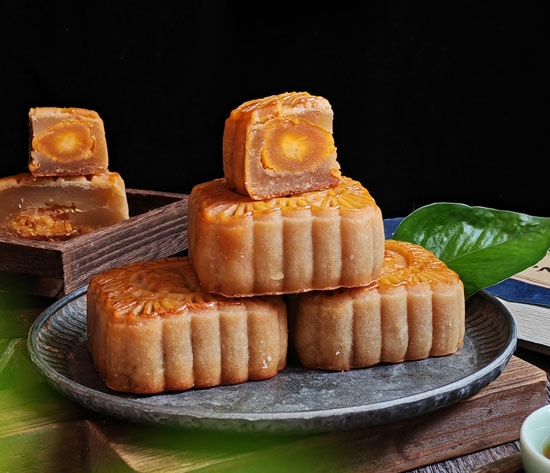
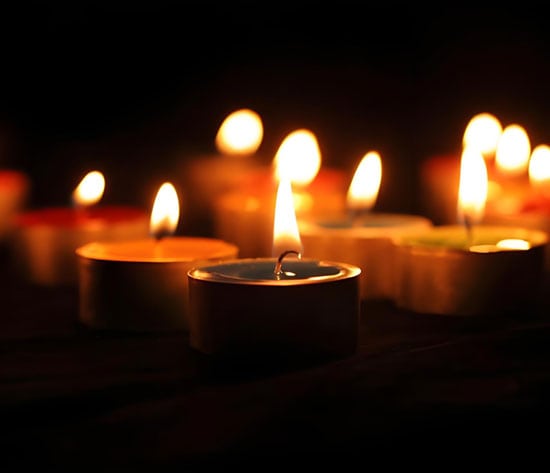
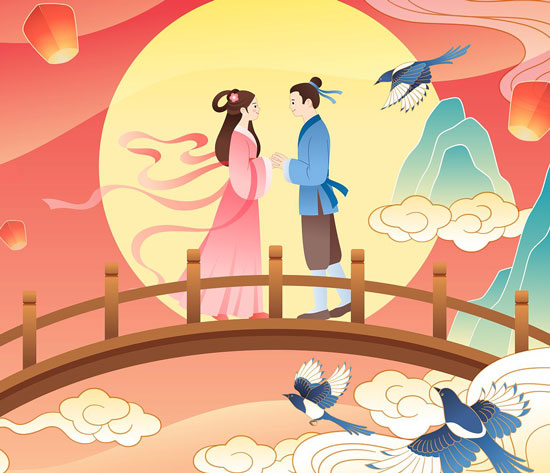
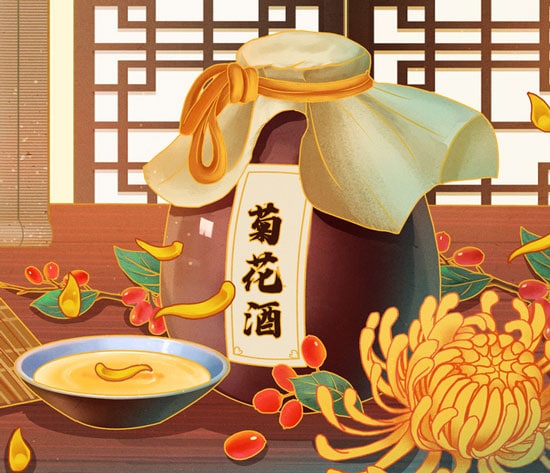
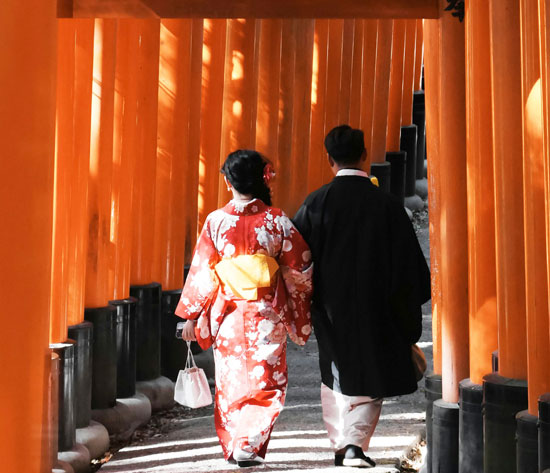
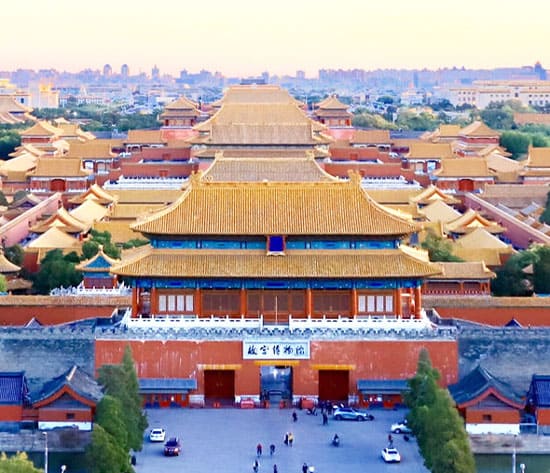
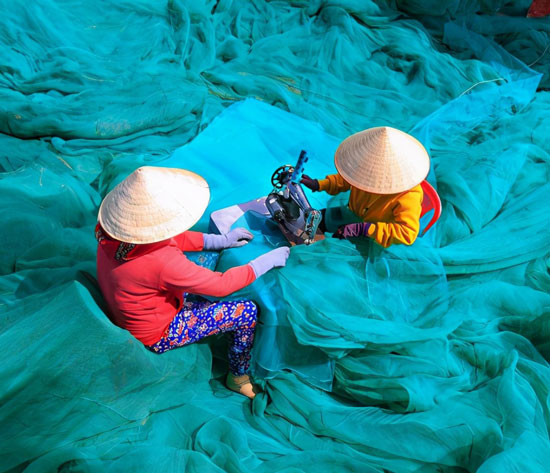
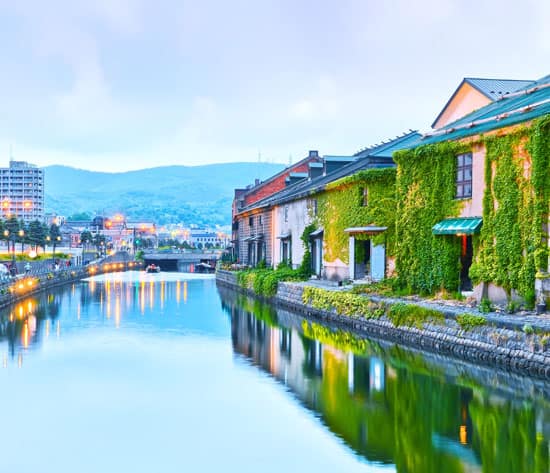
Have a Question?
You might see your comment appear on this page, but your email address and full name will not be published. Your personal information will remain confidential. Our Asia travel experts will get back to you as soon as possible. Required fields are marked *